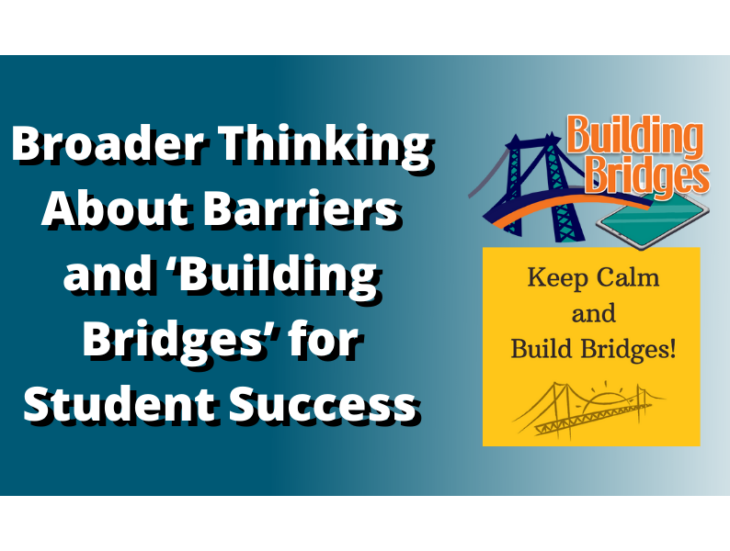
Barriers. Every human being has them. We encounter different barriers at different times in life (sometimes in different situations within one day) that vary and depend on what we are asked or expected to do in a given moment. There can be hidden barriers like medical conditions that aren’t visible on the outside or cognitive barriers that come with environmental or task demands like focus, stamina, mental energy, processing skills, and speed of thinking. Barriers can also be more visible and obvious because we ‘see’ differences like perhaps motor or movement differences or equipment that a person uses.
An overwhelming amount of research across age levels will demonstrate that students have better school and life outcomes when barriers are reduced or eliminated - in several domains of well-being and achievement. The student who can participate and interact in activities with peers often feels more connection and acceptance. The student who has more time or choice in completing activities will often feel calmer and be able to fully show what they know and feel success. The student who can navigate the classroom or playground without relying so much on an adult will often feel more similar to peers, empowered, and independent. The student who may use audio text to read so that they can have deep discussions with the class about a printed book will feel included in the conversations - and will gain valuable vocabulary and comprehension that might otherwise be denied to them.
We have feelings about every task or expectation that is required of us in life. When there is a barrier in the way of a task or expectation, it can create feelings of failure, stress, exclusion, and/or helplessness. These feelings can then impact a person’s narrative about themselves - and not only change their mindsets (for better or worse), but change their trajectory and what they accomplish in life and how connected they are to people around them.
In education, we need to constantly be thinking of ways we can build bridges for students. Whenever there are barriers, are we REALLY seeing them? Are we noticing what could be contributing to difficulties or successes for students? Are we thinking about invisible barriers or student perceptions that might be present - but that we may not see? We DO have the ability to positively impact students by giving them access to successful learning experiences and methods they can use to feel more included, capable, and contributing throughout their lives - and that’s one thing we should ALL feel good about.
Keep an eye out for examples of ways we are reducing barriers and increasing success for students in a multitude of different ways!
About the Authors
Kelli Robertson is an accessibility lead at Grant Wood AEA. This is Kelli's 22nd year at GWAEA where she has worked as a building-based SLP and autism consultant supporting various districts. Kelli started on the AT team in 2016 as she found it a fantastic way to 'solution-find' while highlighting and utilizing student strengths to get around barriers.
Need assistance? Contact Kelli at krobertson@gwaea.org.
